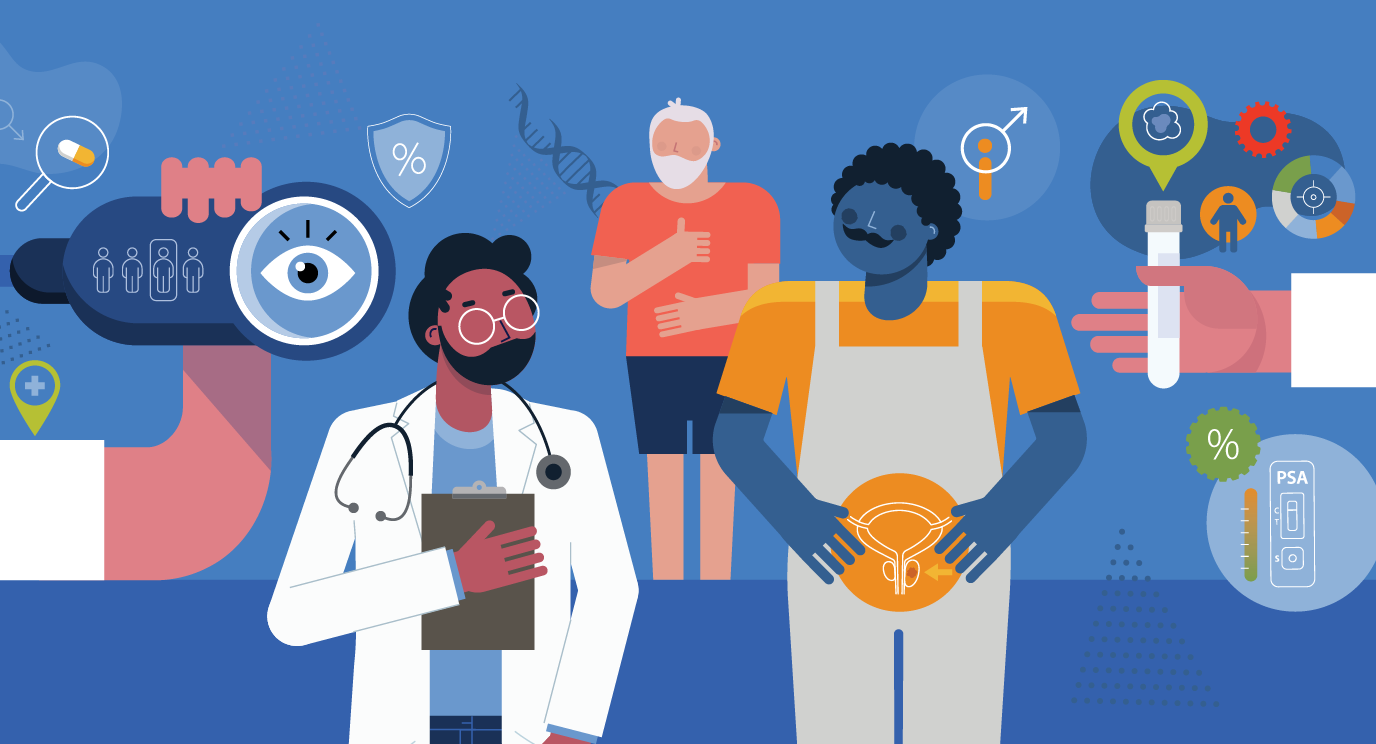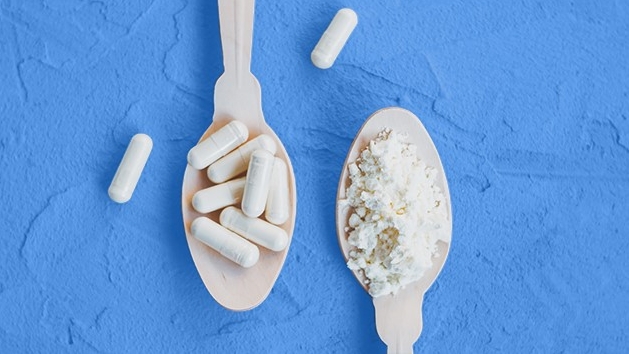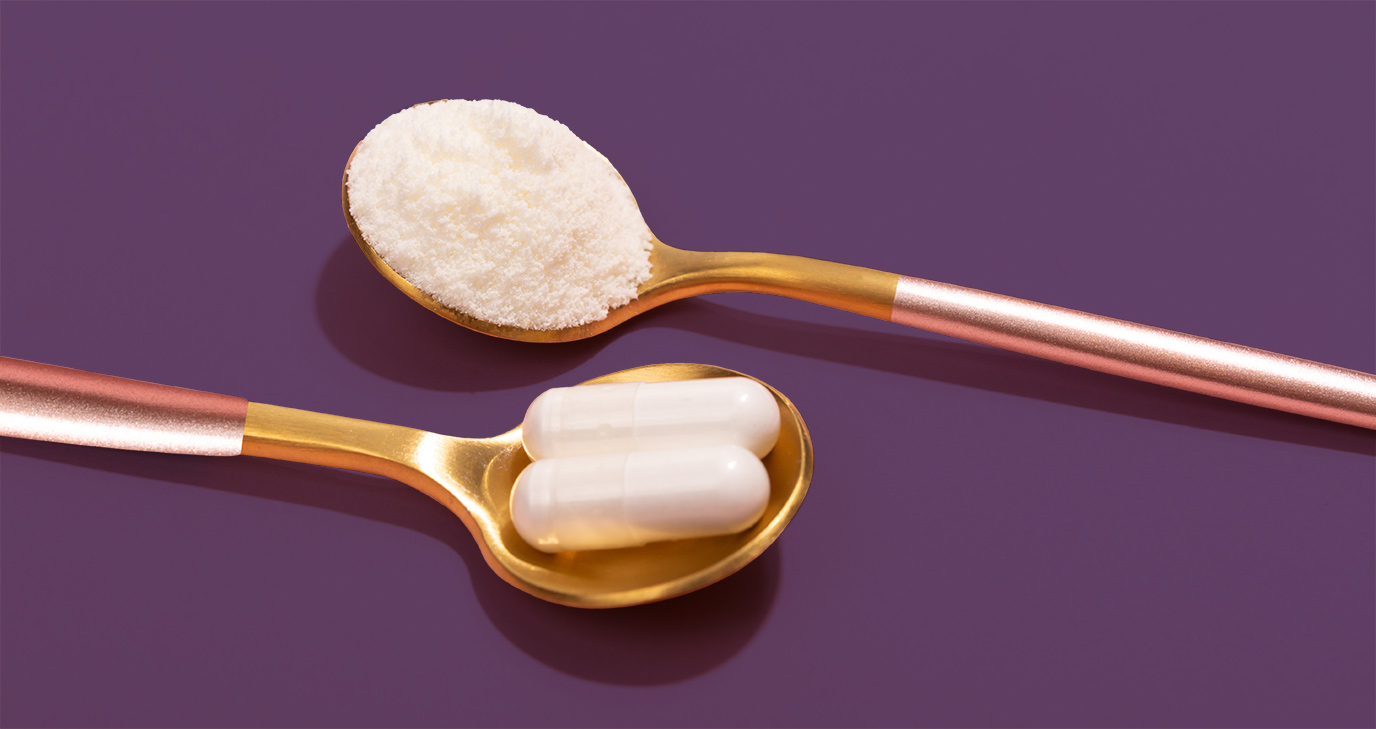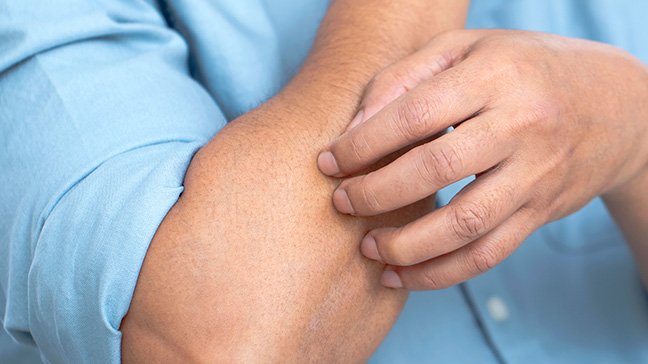- Diseases
- Acoustic Neuroma (14)
- Adrenal Gland Tumor (24)
- Anal Cancer (68)
- Anemia (2)
- Appendix Cancer (16)
- Bile Duct Cancer (26)
- Bladder Cancer (72)
- Brain Metastases (28)
- Brain Tumor (232)
- Breast Cancer (714)
- Breast Implant-Associated Anaplastic Large Cell Lymphoma (2)
- Cancer of Unknown Primary (4)
- Carcinoid Tumor (8)
- Cervical Cancer (160)
- Colon Cancer (166)
- Colorectal Cancer (118)
- Endocrine Tumor (4)
- Esophageal Cancer (44)
- Eye Cancer (36)
- Fallopian Tube Cancer (8)
- Germ Cell Tumor (4)
- Gestational Trophoblastic Disease (2)
- Head and Neck Cancer (14)
- Kidney Cancer (128)
- Leukemia (342)
- Liver Cancer (50)
- Lung Cancer (286)
- Lymphoma (278)
- Mesothelioma (14)
- Metastasis (30)
- Multiple Myeloma (100)
- Myelodysplastic Syndrome (60)
- Myeloproliferative Neoplasm (6)
- Neuroendocrine Tumors (16)
- Oral Cancer (100)
- Ovarian Cancer (172)
- Pancreatic Cancer (160)
- Parathyroid Disease (2)
- Penile Cancer (14)
- Pituitary Tumor (6)
- Prostate Cancer (146)
- Rectal Cancer (58)
- Renal Medullary Carcinoma (6)
- Salivary Gland Cancer (14)
- Sarcoma (238)
- Skin Cancer (296)
- Skull Base Tumors (56)
- Spinal Tumor (12)
- Stomach Cancer (64)
- Testicular Cancer (28)
- Throat Cancer (92)
- Thymoma (6)
- Thyroid Cancer (98)
- Tonsil Cancer (30)
- Uterine Cancer (82)
- Vaginal Cancer (18)
- Vulvar Cancer (20)
- Cancer Topic
- Adolescent and Young Adult Cancer Issues (20)
- Advance Care Planning (10)
- Biostatistics (2)
- Blood Donation (18)
- Bone Health (8)
- COVID-19 (362)
- Cancer Recurrence (120)
- Childhood Cancer Issues (120)
- Clinical Trials (632)
- Complementary Integrative Medicine (22)
- Cytogenetics (2)
- DNA Methylation (4)
- Diagnosis (232)
- Epigenetics (6)
- Fertility (62)
- Follow-up Guidelines (2)
- Health Disparities (14)
- Hereditary Cancer Syndromes (126)
- Immunology (18)
- Li-Fraumeni Syndrome (8)
- Mental Health (116)
- Molecular Diagnostics (8)
- Pain Management (62)
- Palliative Care (8)
- Pathology (10)
- Physical Therapy (18)
- Pregnancy (18)
- Prevention (920)
- Research (392)
- Second Opinion (74)
- Sexuality (16)
- Side Effects (606)
- Sleep Disorders (10)
- Stem Cell Transplantation Cellular Therapy (216)
- Support (402)
- Survivorship (322)
- Symptoms (182)
- Treatment (1786)
Donate blood and make yourself proud
BY Mary Brolley
3 minute read | Published May 16, 2013
Medically Reviewed | Last reviewed by an MD Anderson Cancer Center medical professional on May 16, 2013
I wasn't always able to give blood.
The first time I tried -- as a high school senior, many years ago -- I fainted after the finger stick to check my iron level.
I didn't even make it to the donor chair.
This was at a blood drive attended by many friends and classmates. I got teased about it and was embarrassed. For many years, I thought I wouldn't ever be able to give blood.
But one of my heroes, my Uncle Paul, was -- is -- a regular blood donor. He's quietly given nearly 28 gallons to his local blood bank.
It's a habit for him.
So, in 2000, nearly 25 years after my dismal high school experience, I noticed an MD Anderson blood drive being held at the University of Houston.
I decided to try again. And I succeeded.
Since then, giving blood has been a regular thing for me. I try to donate every quarter.
I donate blood because it's something I can do. It takes very little time, it helps people who really need it, and I always feel better after I've done it.
It comes down to this: sick and injured people need donated blood. There's no substitute for it.
A great way to spend an hour
Giving whole blood takes about an hour, but most of that time involves the screening before and monitoring after.
Once you're ushered into an exam room, you'll get a finger stick to check your iron level. You'll be asked if you're feeling well and will have your blood pressure and temperature taken.
Then you'll be asked a series of questions to determine whether you're eligible.
The actual donation takes about 10-15 minutes. The technicians are very skilled, so there's little discomfort.
If you've had a bad experience donating or trying to donate in the past, tell your technician. He or she can reassure you and talk you through it.
You'll probably be instructed to squeeze a foam ball every 3-5 seconds to keep the blood flowing.
As previously mentioned, I'm squeamish, so I never look at my arm, the needle or the collection bag.
Leaving the blood bank proud
After the donation, the technician will wrap your arm in a bandage, check that you're feeling well and offer you juice and snacks.
Before they let you go, they'll urge you to eat a big meal soon.
(When was the last time someone insisted that you treat yourself to a big meal?)
You'll be proud of yourself as you head out the door.
Find out more about MD Anderson's blood bank.
The Mays Clinic location is open Monday-Friday, 10 a.m.-5 p.m. Parking is validated on request. The Holly Hall location is open Monday-Friday, 10 a.m.-7 p.m. and Saturday and Sunday, 10 a.m.-5 p.m. Parking is free.
I donate blood because it's something I can do. It takes very little time, it helps people who really need it, and I always feel better after I've done it.
Mary Brolley
Blood donor





